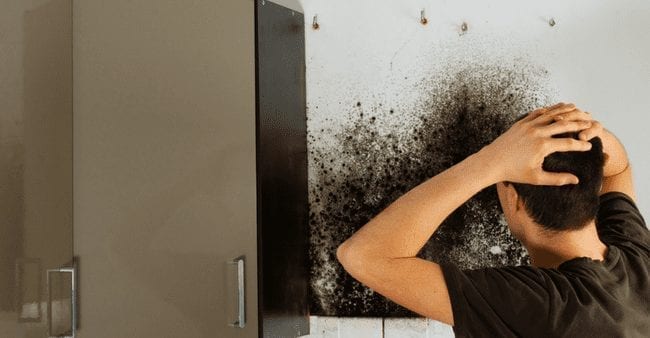The writer is making a few great pointers related to Locating water leaks overall in this great article further down.

Early discovery of leaking water lines can reduce a possible disaster. Some tiny water leaks may not be noticeable.
1. Check Out the Water Meter
Every home has a water meter. Examining it is a surefire way that helps you find leakages. For beginners, switch off all the water resources. Ensure nobody will certainly purge, utilize the tap, shower, run the cleaning equipment or dishwasher. From there, go to the meter and also watch if it will alter. Considering that no person is utilizing it, there need to be no motions. That suggests a fast-moving leakage if it relocates. If you detect no changes, wait an hour or two and also check back once more. This means you may have a slow-moving leak that could also be below ground.
2. Inspect Water Consumption
If you detect abrupt changes, despite your usage being the same, it implies that you have leakages in your plumbing system. An abrupt spike in your expense indicates a fast-moving leak.
On the other hand, a consistent rise monthly, despite having the exact same routines, reveals you have a slow-moving leakage that's also gradually escalating. Call a plumber to extensively check your property, particularly if you really feel a warm location on your flooring with piping underneath.
3. Do a Food Coloring Test
When it comes to water usage, 30% comes from commodes. Test to see if they are running effectively. Decrease specks of food shade in the container and wait 10 mins. If the shade somehow infiltrates your dish throughout that time without flushing, there's a leakage between the container and also bowl.
4. Asses Outside Lines
Don't fail to remember to inspect your exterior water lines as well. Should water leak out of the link, you have a loosened rubber gasket. One small leakage can throw away lots of water as well as surge your water expense.
5. Evaluate the circumstance and check
Property owners should make it a behavior to check under the sink counters as well as also inside cupboards for any bad odor or mold development. These 2 red flags show a leak so punctual attention is called for. Doing routine examinations, even bi-annually, can conserve you from a major trouble.
If you know your residence is currently old, keep a watchful eye on your heaters, pipes, pipes etc. Check for discolorations and damaging as a lot of pipelines and devices have a life expectancy. They will certainly likewise normally deteriorate because of tear and also put on. If you think leaking water lines in your plumbing system, don't wait for it to escalate. Call a specialist plumber right away so you do not wind up with a horrible mess in your home.
Early detection of leaking water lines can minimize a potential disaster. Some tiny water leaks may not be visible. Inspecting it is a surefire method that aids you find leakages. One small leakage can waste heaps of water and spike your water expense.
If you suspect leaking water lines in your plumbing system, do not wait for it to escalate.
WARNING SIGNS OF WATER LEAKAGE BEHIND THE WALL
PERSISTENT MUSTY ODORS
As water slowly drips from a leaky pipe inside the wall, flooring and sheetrock stay damp and develop an odor similar to wet cardboard. It generates a musty smell that can help you find hidden leaks.
MOLD IN UNUSUAL AREAS
Mold usually grows in wet areas like kitchens, baths and laundry rooms. If you spot the stuff on walls or baseboards in other rooms of the house, it’s a good indicator of undetected water leaks.
STAINS THAT GROW
When mold thrives around a leaky pipe, it sometimes takes hold on the inside surface of the affected wall. A growing stain on otherwise clean sheetrock is often your sign of a hidden plumbing problem.
PEELING OR BUBBLING WALLPAPER / PAINT
This clue is easy to miss in rooms that don’t get much use. When you see wallpaper separating along seams or paint bubbling or flaking off the wall, blame sheetrock that stays wet because of an undetected leak.
BUCKLED CEILINGS AND STAINED FLOORS
If ceilings or floors in bathrooms, kitchens or laundry areas develop structural problems, don’t rule out constant damp inside the walls. Wet sheetrock can affect adjacent framing, flooring and ceilings.
https://www.servicemasterbyzaba.com/blog/how-to-detect-water-leakage-in-walls/

Do you like more info about Locating water leaks? Leave a comment further down. We'd be interested to hear your responses about this page. Hoping that you come back again soon. Don't hesitate to set aside a second to promote this blog post if you enjoyed it. Thanks for taking the time to read it.